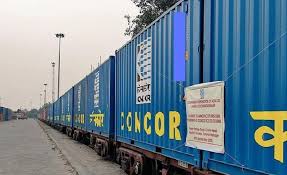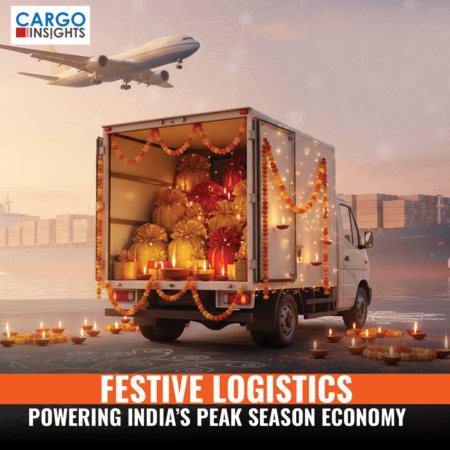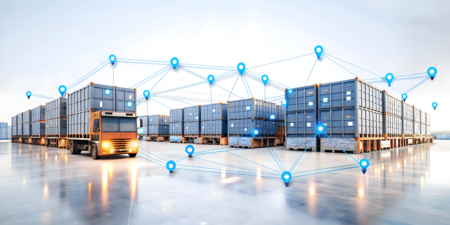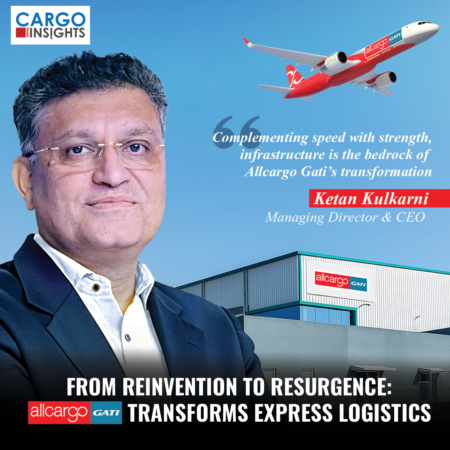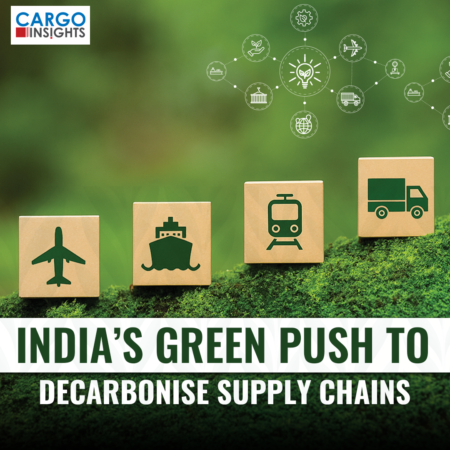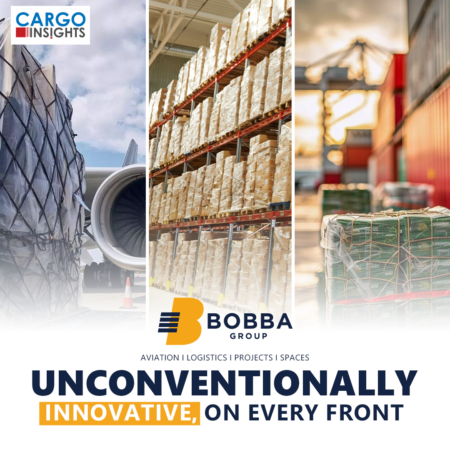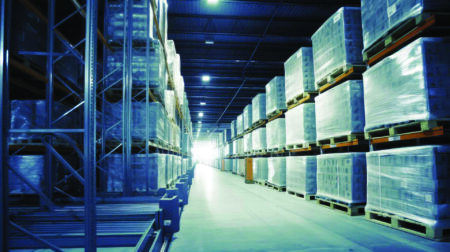The cold chain is the backbone of industries that rely on temperature-sensitive logistics, from pharmaceuticals and FMCG to agriculture, seafood, and chemicals. However, as global temperatures rise and supply chain complexities grow, maintaining cold chain integrity is becoming increasingly challenging. The industry is at a critical juncture where climate change, energy efficiency, regulatory shifts, and evolving consumer demands are reshaping the way perishable goods are stored and transported.
Cutting-edge technologies like AI-driven monitoring, IoT-enabled tracking, and blockchain-based transparency are revolutionising cold chain operations, ensuring better visibility and efficiency. Yet, the cost of implementing these solutions, alongside the need for sustainability, poses a constant challenge. With environmental concerns driving the shift towards greener refrigeration and alternative energy sources, businesses must find a balance between operational efficiency and eco-conscious practices.
Last-mile delivery remains a crucial aspect of cold chain logistics, particularly in regions with inadequate infrastructure. The rise of e-commerce and direct-to-consumer models is pushing companies to rethink their strategies for maintaining temperature control during the final stretch of delivery. Additionally, regulatory compliance across different geographies continues to add layers of complexity, requiring companies to stay agile and proactive.
In this special feature, industry veterans share their insights on overcoming these challenges, leveraging the latest advancements, and shaping a resilient, future-ready cold chain. Through their expert perspectives, we explore the evolving landscape of cold chain logistics, uncovering strategies that will define its sustainability and efficiency in the years to come.



